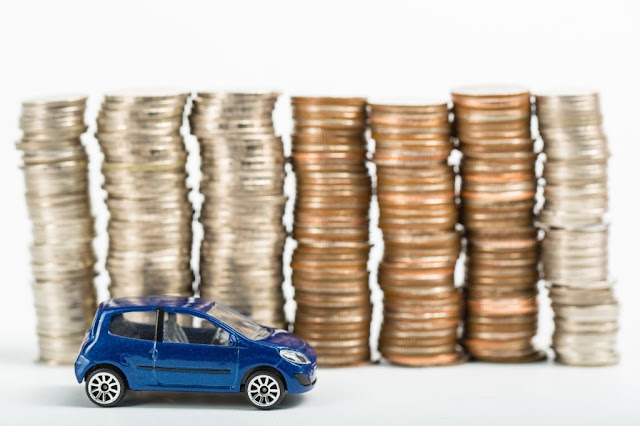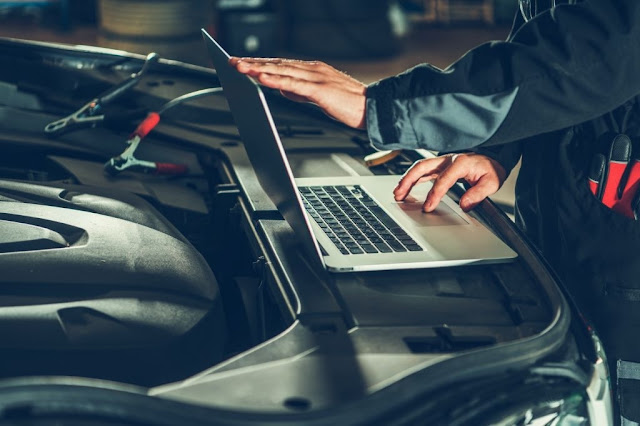All You Need To Know About - Insurance Write-Off Check
understand what the different categories entail. We go through everything with you.
It's every driver's miserable
experience: you get into a vehicle accident, phone your insurance provider, and
within days, you're told the automobile isn't repairable and has been written
off.
This is particularly
aggravating when the loss does not affect the vehicle's crashworthiness or sale
price. If a car costs £500 and you fracture the front bumper, the insurance
company is unlikely to pay for repairs or new parts.
A general guideline is that
if expert repair costs exceed half the car's worth, it will most likely be
written off. At Auto Experts, you can find out more about these.
There's still hope: there
are numerous types of write-offs, and you don't necessarily have to wave
farewell to your prized possession after a mishap. But should a write-off on
the books deter you from buying a used car, and what can you do if you dispute
with the damage appraiser?
Insurance writes
off check categories to be known.
There are four types of
write-offs, and knowing what they signify is essential for determining what to
do with a written-off vehicle. In October 2017, the government renamed the
categories at the bottom of the scale, giving them new names. If you don't know
what the letters signify, this might be scary.
Category S- A write-off car
with structural damage that may be fixed and re-registered, such as a bent
chassis or wrinkled door frame.
Category N- Automobiles with
non-structural damage to the body, windscreen, or other car elements are now
categorized as "Category N write-offs," meaning they are no longer
worth repairing. This is the most prevalent form of damage, which may be seen
in classified ads; nevertheless, it is typically quite simple to fix.
Category B- While the
vehicle's body must be destroyed to prevent it from being reused, functional
pieces from such cars can be taken and utilized on other cars. Only Authorized
Treatment Facilities (ATF) are allowed to handle Category B cars, and they'll
only resell them to companies who have proof that they are licensed to keep and
dispose of them.
Category A- A Category A
write-off, reserved for the most seriously damaged cars, sends the entire
vehicle to the scrapyard and prevents even supposedly repairable pieces from
being reused. A car will generally receive a Category A label after high-speed
accidents, total burnouts, and severe vandalism.
Should you acquire a car that has been declared a total loss?
Category A write-offs go
directly to the shredder and cannot be bought or re-registered. However,
Category B automobiles are frequently seen in the classifieds being 'broken'
for components.
In the case of Category N
and Category S vehicles, purchasers must verify the quality of any repair work
performed and ensure that they understand how the damage happened.
Thus, it is always better to
check if a car is written off before or during purchase.



Comments
Post a Comment